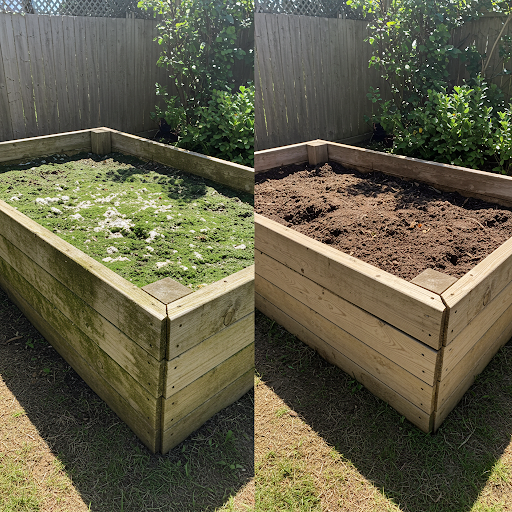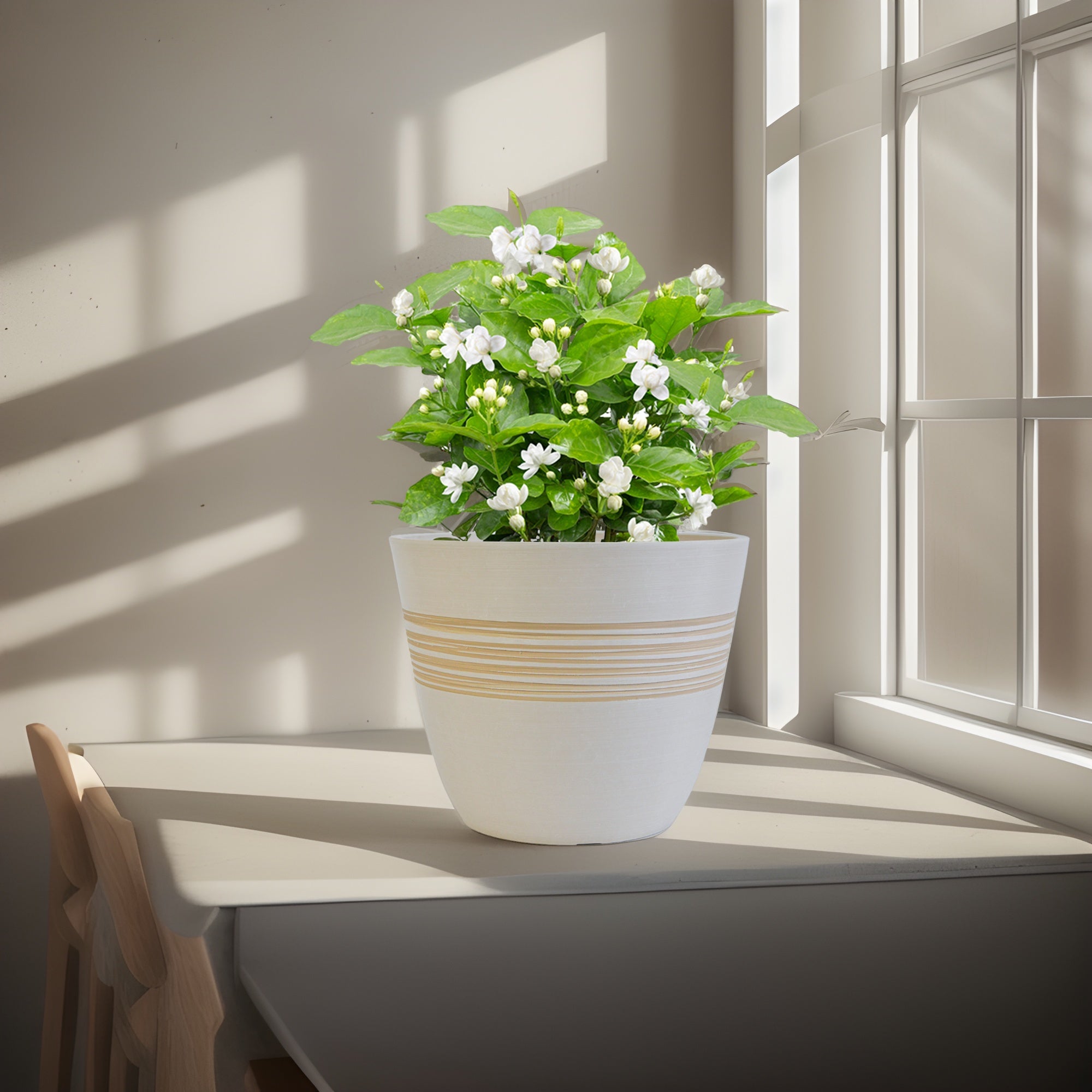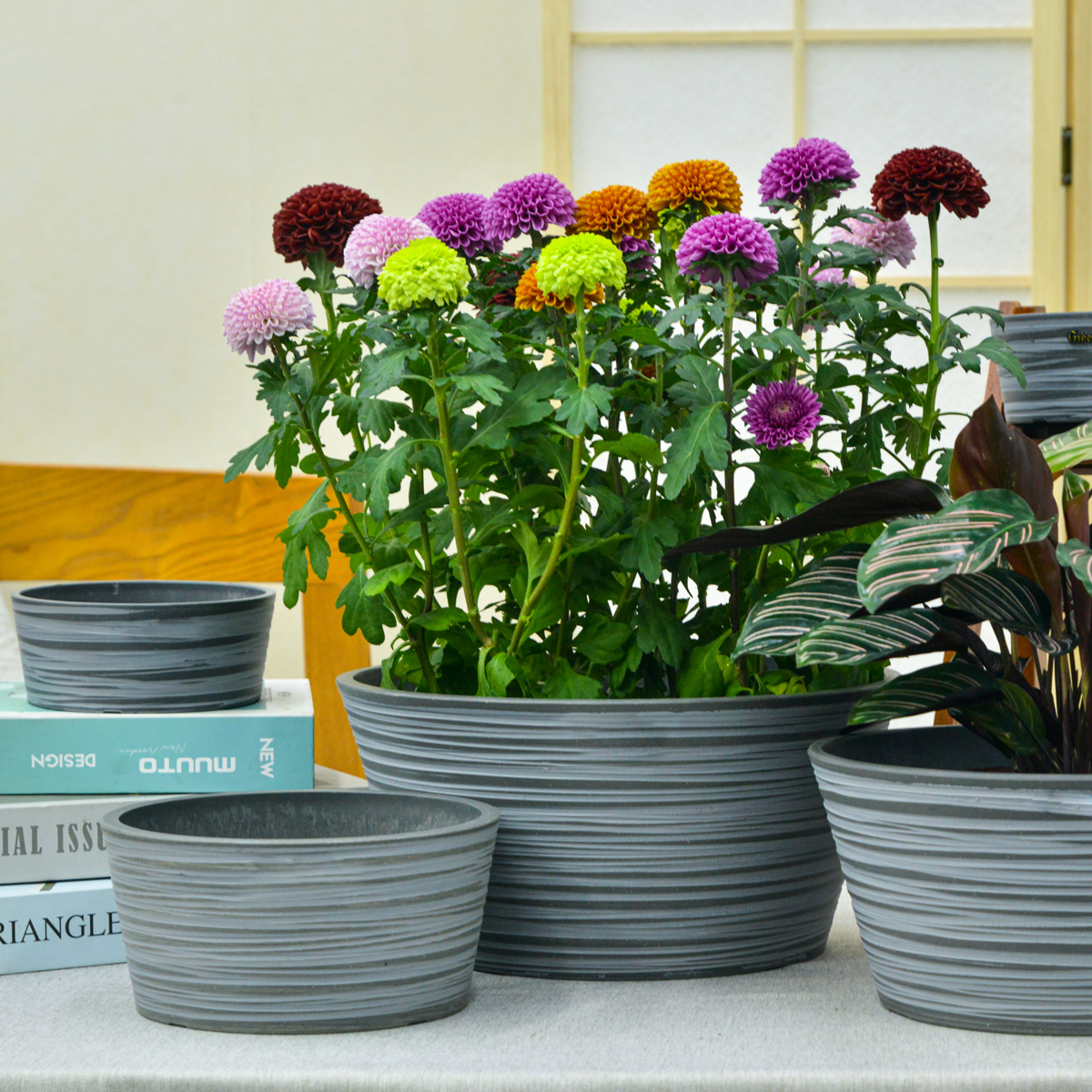How Do I Maintain and Clean Outdoor Planters to Prolong Their Lifespan? Keeping Your Containers Looking Great for Years
Outdoor planters are a wonderful investment for any garden or outdoor space, adding beauty and functionality. However, just like any other outdoor item, they require regular maintenance and cleaning to withstand the elements and last for many gardening seasons. Proper care will not only keep your planters looking their best but also prevent damage that can shorten their lifespan. Here’s a comprehensive guide on how to maintain and clean your outdoor planters effectively.

The Importance of Regular Maintenance:
Regular maintenance helps prevent the buildup of dirt, algae, mineral deposits, and other debris that can degrade the material of your planters over time. It also allows you to identify and address minor issues before they become major problems.
General Maintenance Tips for All Planter Types:
- Regular Wiping: Periodically wipe down the exterior of your planters with a damp cloth or sponge to remove loose dirt and dust. This simple step can make a big difference in their appearance.
- Remove Plant Debris: Regularly remove dead leaves, spent flowers, and other plant debris from the inside and outside of your planters. Decaying organic matter can stain and potentially damage some materials.
- Check Drainage Holes: Ensure drainage holes are clear of any obstructions like soil, roots, or debris. Proper drainage is crucial for the health of your plants and the longevity of the planter itself, as standing water can damage many materials.
- Inspect for Cracks and Damage: Regularly inspect your planters for any signs of cracks, chips, or other damage. Addressing minor issues early can prevent them from worsening.
- Rotate Planters: If possible, rotate your planters occasionally, especially those in direct sunlight, to ensure even exposure to the elements. This can help prevent uneven fading or weathering.
Material-Specific Cleaning and Maintenance:
The best way to clean and maintain your outdoor planters will depend on the material they are made from:
Terracotta and Clay Planters: These porous materials can accumulate mineral deposits and algae.
- Cleaning: Use a stiff brush and a solution of mild dish soap and water to scrub the inside and outside of the planter. For stubborn mineral deposits, you can use a solution of equal parts white vinegar and water, letting it soak for a short period before scrubbing. Rinse thoroughly with clean water and allow to dry completely.
- Maintenance: Consider sealing terracotta planters, especially in regions with harsh winters, to help prevent cracking from freeze-thaw cycles. Apply a breathable sealant specifically designed for terracotta.
Plastic Planters: Plastic is generally easy to clean.
- Cleaning: Wash with warm soapy water and a sponge or brush. For stubborn stains or algae, you can use a solution of diluted bleach (1 part bleach to 10 parts water), being careful to rinse thoroughly afterwards to avoid harming plants.
- Maintenance: Look for UV-resistant plastic to prevent fading and cracking from sun exposure.
Wooden Planters: Wood can be susceptible to rot and mildew.
- Cleaning: Use a soft brush and mild soapy water. Avoid using excessive water, which can damage the wood. For mildew, you can gently scrub with a solution of one part bleach to four parts water, rinsing thoroughly afterwards.
- Maintenance: Apply a sealant or stain specifically designed for outdoor use to protect the wood from moisture, UV rays, and pests. Reapply sealant as needed, typically every 1-2 years.
Metal Planters: Metal can rust or develop patina over time.
- Cleaning: Wipe down with a damp cloth. For rust, you can use a wire brush to gently remove loose rust, then treat the area with a rust inhibitor or paint specifically designed for metal.
- Maintenance: Consider applying a protective coating or paint to prevent rust, especially for wrought iron or other susceptible metals. Aluminum and stainless steel are naturally more rust-resistant.
Concrete and Stone Planters: These are generally very durable but can accumulate dirt and algae.
- Cleaning: Use a stiff brush and a solution of mild soap and water. For stubborn stains or algae, you can use a pressure washer on a low setting, being careful not to damage the surface.
- Maintenance: Sealing concrete and stone can help prevent staining and water absorption, which can lead to cracking in freezing temperatures.
Seasonal Cleaning and Winterizing:
- End of Season Cleaning: Before storing your planters for the winter (if applicable), empty them of soil and give them a thorough cleaning according to their material type. This removes any lingering debris or potential pests and diseases.
- Winter Storage: In regions with harsh winters, consider storing more delicate planters like terracotta or thin plastic in a sheltered location such as a garage or shed to protect them from freezing temperatures and potential damage. Even durable planters will benefit from being stored out of direct exposure to extreme weather.
- Protecting Plants in Planters Over Winter: If you are overwintering plants in your planters outdoors, ensure the planters are protected from direct contact with frozen ground by elevating them slightly. You can also insulate the planters to protect the roots from extreme cold.

Addressing Drainage Issues:
- Preventing Clogs: Use a layer of landscape fabric at the bottom of your planters before adding soil to help prevent the drainage holes from becoming clogged.
- Clearing Blockages: If you notice water pooling in your planters, try to clear the drainage holes with a stick or wire.
By following these maintenance and cleaning tips, you can significantly extend the lifespan of your outdoor planters, keeping them looking beautiful and functional for many years to come.
HS
By greenship|2024-08-13T06:45:17+00:00August 13, 2024|Categories: Hand-carving Series|
Planter for Indoor Outdoor Plants, Set of 2 Modern Decorative Plant Pots with Drainage Hole, Decorative Flower Pots
By greenship-seo|2025-04-10T07:46:01+00:00January 9, 2025|Categories: Hand-carving Series|Tags: Decorative Flower Pots, Self-Watering Pots|
20T
By greenship|2024-08-13T06:42:22+00:00August 13, 2024|Categories: Hand-carving Series|
11THD
By greenship|2024-08-13T02:52:20+00:00August 13, 2024|Categories: Hand-carving Series|
KC2-11V
By greenship|2024-08-16T05:39:50+00:00August 16, 2024|Categories: Hand-carving Series|
11TH
By greenship|2024-08-13T02:50:25+00:00August 13, 2024|Categories: Hand-carving Series|






